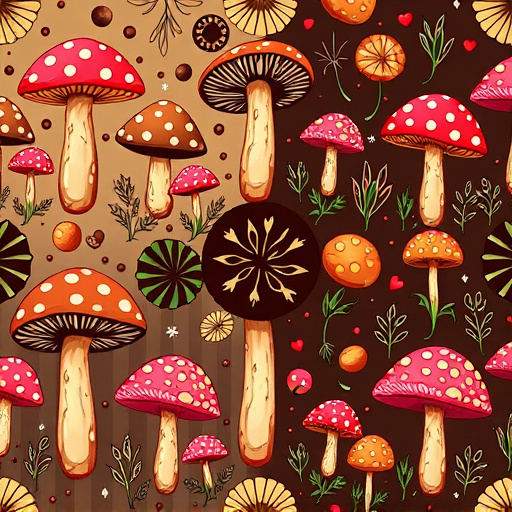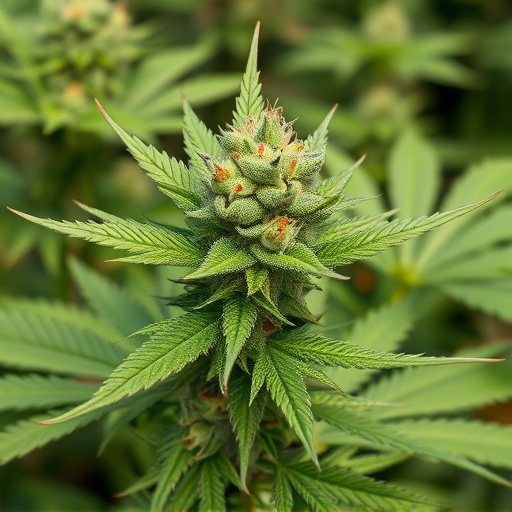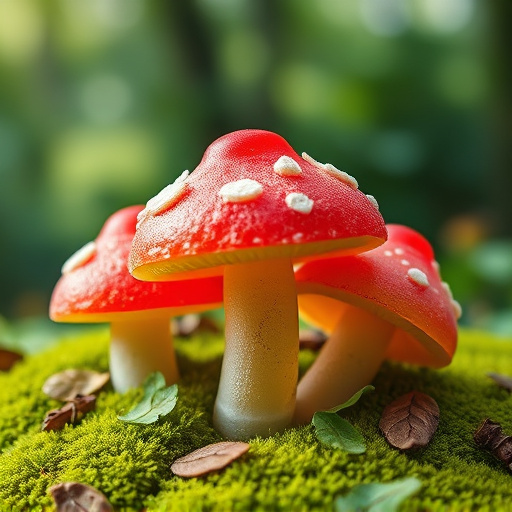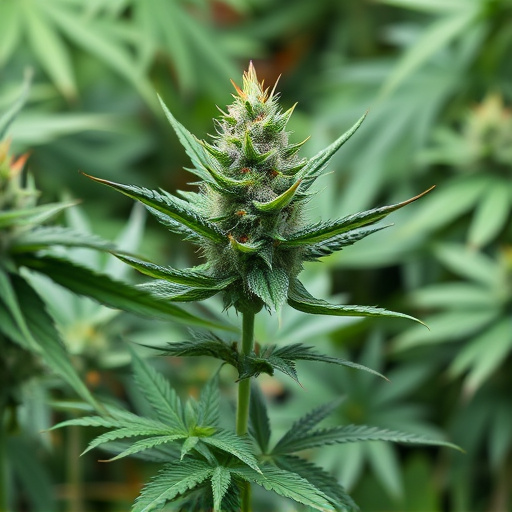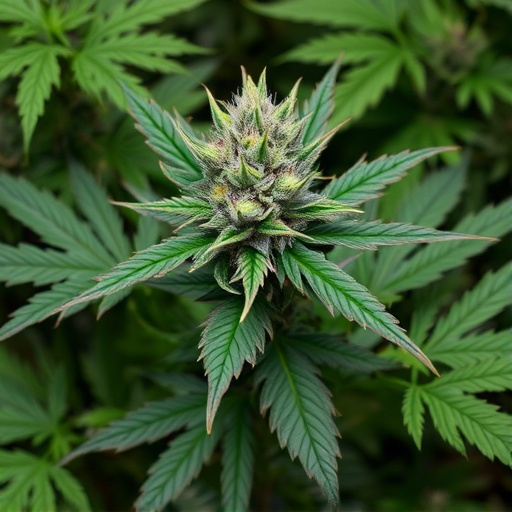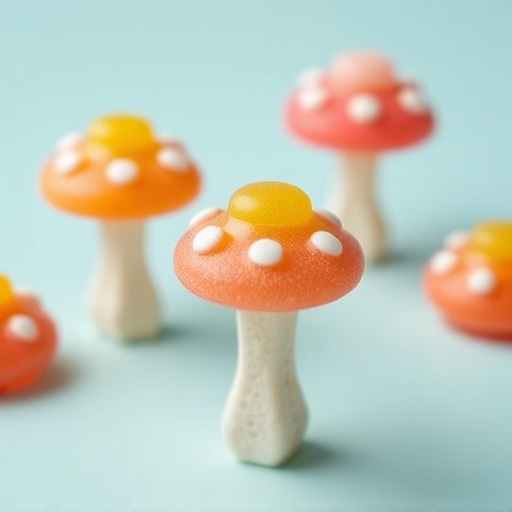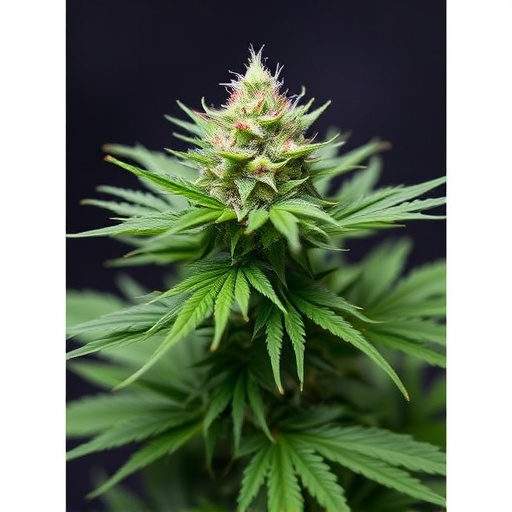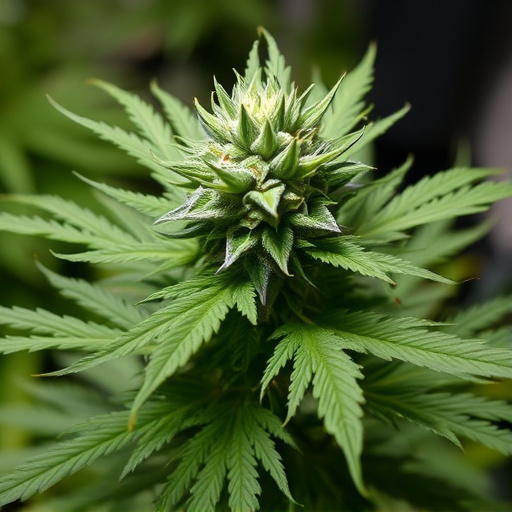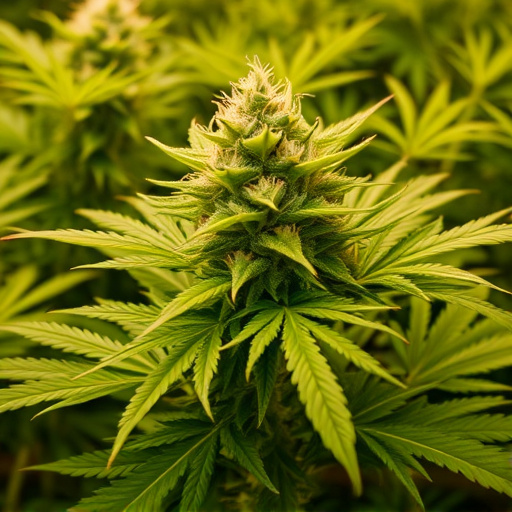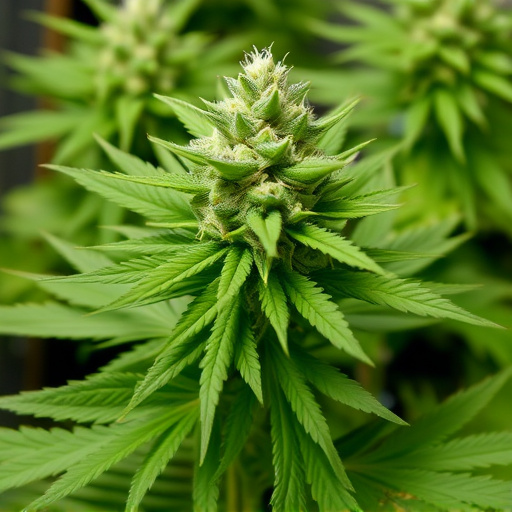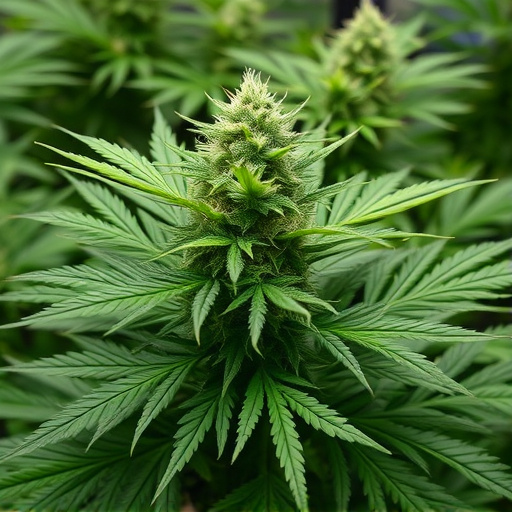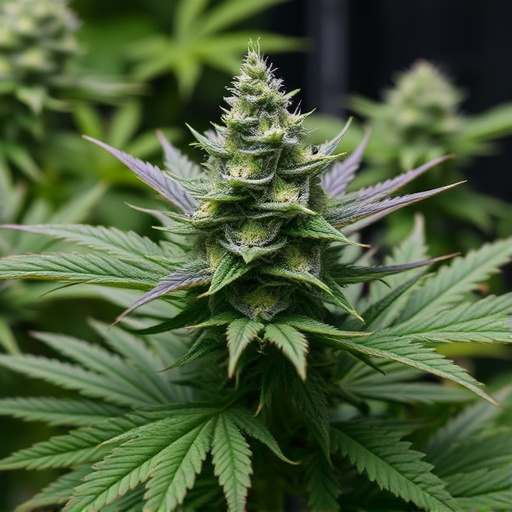Cannabis enthusiasts differentiate between Indica and Sativa strains, each with distinct growth patterns, appearances, and effects. Indica plants are compact, short, and suitable for indoor growth in colder climates due to their rapid flowering period and relaxing high. In contrast, Sativa plants are taller, require warmer environments, and take longer to flower, offering invigorating effects with higher THC content. Understanding these differences aids growers in selecting the easiest cannabis strains to grow indoors based on their preferences and conditions, emphasizing consistent characteristics like vibrant colors, distinct aromas, and balanced or specific effects.
“Unraveling the diverse world of cannabis flower is essential for both enthusiasts and beginners. Cannabis, with its vast array of strains, offers unique experiences due to genetic variations. This article guides you through the fundamental distinction between Indica and Sativa plants, their contrasting characteristics, and the allure of hybrid strains. For those looking to cultivate, we spotlight the easiest cannabis strains to grow, providing valuable insights for successful farming. Dive into this comprehensive exploration and discover the perfect strain to suit your preferences.”
- Indica vs Sativa: Understanding the Basics
- – Characteristics of Indica and Sativa plants
- – Differences in appearance, aroma, and effects
Indica vs Sativa: Understanding the Basics
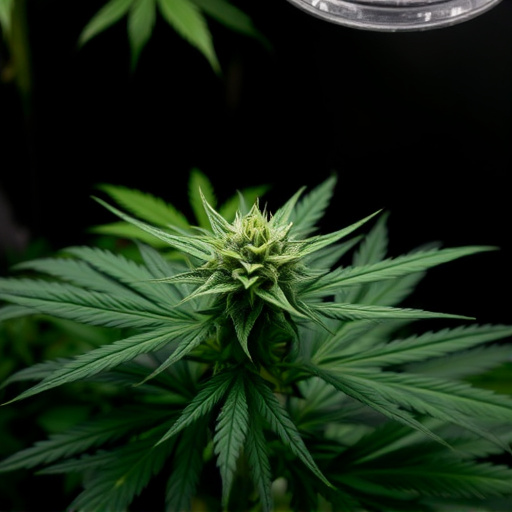
Cannabis enthusiasts often talk about Indica and Sativa as the two primary types, each with distinct characteristics that influence both their appearance and effects. Understanding this basic distinction is crucial when navigating the world of cannabis flowers and even easier to grow strains.
Indica plants are known for their compact, bushy nature, typically reaching only a few feet in height. They flourish in colder climates and shorter growing seasons, making them one of the easiest cannabis strains to grow indoors. Sativa plants, on the other hand, are taller and slimmer with longer flowering cycles, preferring warmer environments and longer daylight hours. This difference in growth patterns contributes to their unique profiles: Indica offers a relaxing, sedative high while Sativa is more energizing and cerebral. Knowing these basics can help growers choose strains that align with their preferences and growing conditions.
– Characteristics of Indica and Sativa plants
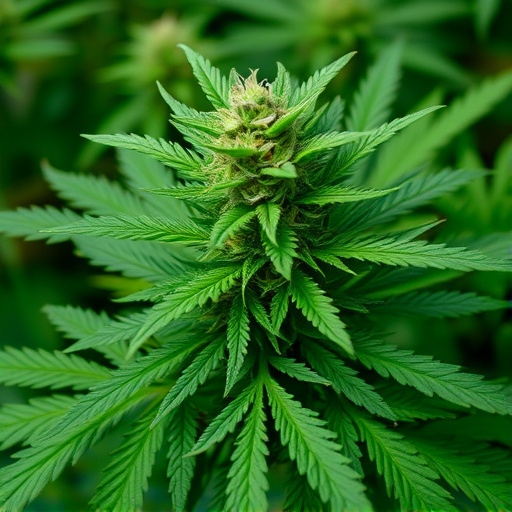
Indica and Sativa are two primary species of cannabis, each with distinct characteristics that influence their growth, appearance, and effects. Indica plants are known for their compact and bushy structure, typically growing shorter in height compared to their Sativa counterparts. They have thick, wide leaves that curl slightly at the ends. These plants thrive in colder climates and require less light, making them among the easiest cannabis strains to grow indoors or in temperate regions. Indicas tend to flower more quickly, often within 8-10 weeks, and produce dense, resinous buds that are highly sought after for their potent effects, relaxing and sedating properties, and ability to relieve muscle tension and promote sleep.
In contrast, Sativa plants are taller and skinnier with long, slender leaves that curve gently. They flourish in warmer environments and require more light and space to grow. Sativas take longer to mature, typically flowering within 10-16 weeks, but they produce lighter, fluffy buds that are known for their high THC content and invigorating effects. These plants are popular for their ability to enhance creativity, reduce stress, and provide a more energetic high. The distinction between Indica and Sativa has been the foundation of cannabis cultivation, influencing breeders’ efforts to create hybrid strains that offer specific benefits and experiences tailored to diverse preferences.
– Differences in appearance, aroma, and effects
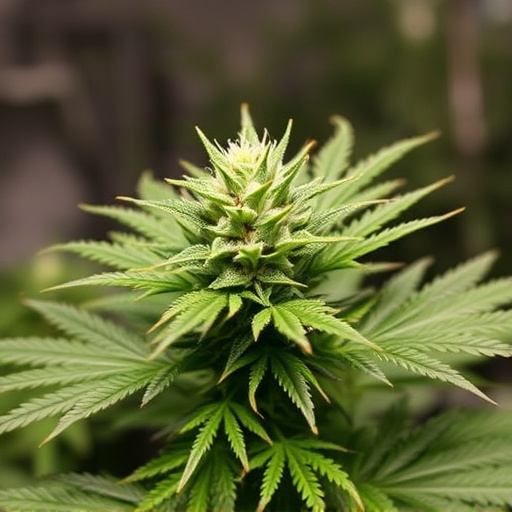
Cannabis flowers, or bud, come in a diverse array with distinct appearances, aromas, and effects. These variations are largely determined by the plant’s genetic makeup and environmental factors during growth. When discussing the easiest cannabis strains to grow, it’s important to look at those that have consistent traits, making them more forgiving for novice growers.
Visually, different strains exhibit varied colors, textures, and shapes. Some may feature vibrant hues like deep purples or bright greens, while others present a more subtle palette. Aromas range from earthy and musky to fruity and floral, offering a sensory experience tailored to individual preferences. Furthermore, the effects can be categorized as uplifting and energizing or calming and relaxing, allowing users to choose based on their desired outcome. These differences highlight the richness of the cannabis variety and guide growers in selecting strains that best suit their needs and skills.
Cannabis enthusiasts now have a vast array of options when it comes to flower types, each offering unique characteristics and effects. Understanding the basics of Indica and Sativa varieties is key to navigating this diverse landscape. For those looking to cultivate their own cannabis plants, several strains are renowned for their ease of growth, providing both novice and experienced growers with rewarding experiences. By exploring these different types, you can find the perfect strain that aligns with your preferences and needs, whether it’s relaxation or a boost in creativity.
